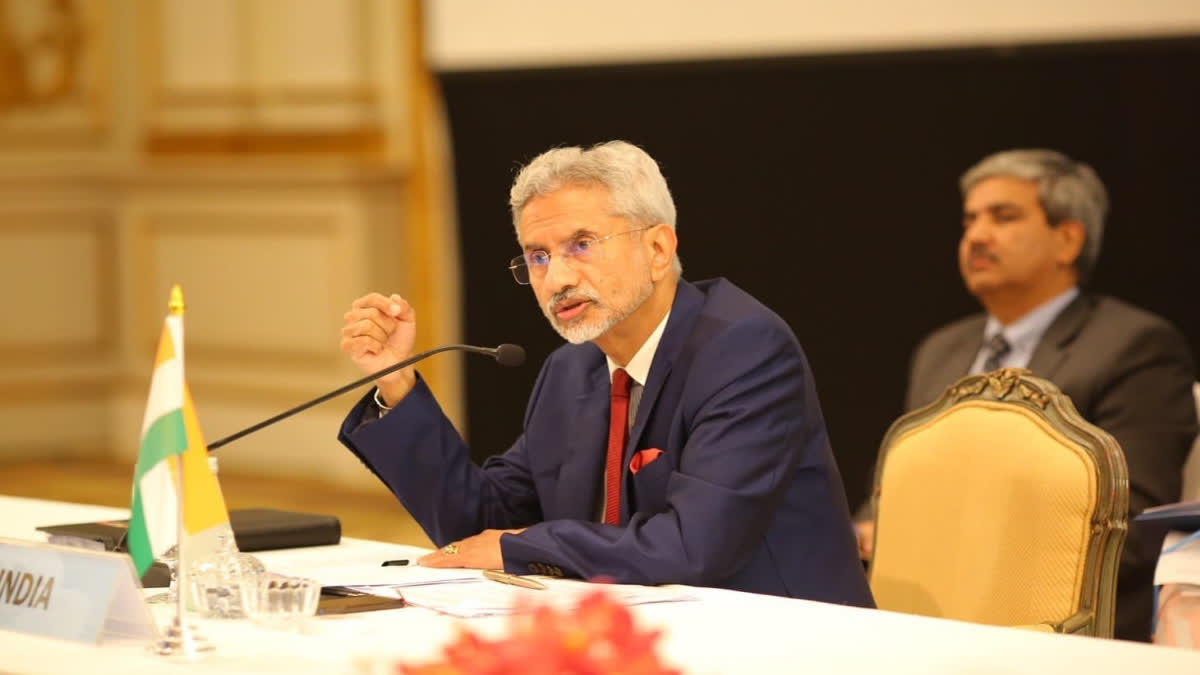New Delhi: When External Affairs Minister S. Jaishankar went on a weeklong visit to Indonesia and Thailand earlier this month, the situation in Myanmar and the instability of that country’s border areas with India were among the major points of focus. This assumes significance given the situation in Manipur.
During the course of his visit to Jakarta in Indonesia, Jaishankar attended the Foreign Ministers’ Meetings under the Association of Southeast Asian Nations (ASEAN) framework in the format of ASEAN-India, East Asia Summit and ASEAN Regional Forum (ARF). Following this, during his visit to Bangkok, he participated in the 12th Foreign Ministers’ Meeting of the Mekong Ganga Cooperation (MGC) Mechanism and the Bay of Bengal Initiative for Multi-Sectoral Technical and Economic Cooperation (BIMSTEC) Foreign Ministers’ Retreat.
“Though these can be seen as routine ministerial meetings, the most important outcome was India laying emphasis on Mynamar,” K. Yhome, Senior Fellow in the Shillong-based think tank Asian Confluence, told ETV Bharat. Yhome whose research interests include India’s regional diplomacy, regional and sub-regionalism in South and Southeast Asia and the Bay of Bengal region, said that Jaishankar utilized these forums to raise India’s concerns over the situation in Myanmar.
“On Myanmar, conveyed that India will take into account the views of ASEAN, advance the projects of India-ASEAN connectivity, and ensure stability and security in our border areas,” Jaishankar had tweeted following the meeting of the ARF. Yhome pointed out the fact that Jaishankar met Myanmar Foreign Minister Than Swe on the sidelines of the MGC meeting in Bangkok.
“That is important in the context of what is happening in Manipur,” he said. “Whether it be MGC, BIMSTEC, ASEAN or East Asia Summit, these are the only organisations which have the political heft to have an impact on Myanmar. Myanmar is a member of all these forums.”
The ASEAN is a political and economic union of 10 member states in Southeast Asia. It has a population of over 600 million and covers an area of 4.5 million sq. km. The BIMSTEC, which came into existence in 1997, comprises seven countries lying in the littoral and adjacent areas of the Bay of Bengal – Bangladesh, Bhutan, India, Myanmar, Nepal, Sri Lanka and Thailand. The bloc brings together 1.73 billion people and has a combined GDP of $4.4 trillion. The MGC comprises six member countries, namely India, Thailand, Myanmar, Cambodia, Laos and Vietnam. The four areas of cooperation are tourism, culture, education, and transportation. The organization takes its name from the Ganga and the Mekong, two large rivers in the region.
